(Also see Part 1, Part 2, Part 3, and Part 4)
One of my last seminary courses was called “Cultural Engagement”, taught by Peter Cha. It was an elective at that time (meaning that you could go through seminary and not be required to learn how to engage your culture). In this class I read through Donald Dayton’s Discovering an Evangelical Heritage (from which this series has drawn its inspiration). Professor Cha wanted us to know that our evangelical history used to embody a “whole-gospel” approach to mission (but it took a non-white professor to teach this lesson, more on that below).
I hope this series has created a similar epiphany for you.
Well, what have we covered so far?
Part One: We first started off hoping to slow the roll of both 1) the Neo-Reformed who often position themselves as the true heirs of evangelicalism in America, and 2) the Progressives who think they are rejecting evangelicalism but are really only giving up on fundamentalist-evangelicalism and/or its strong Neo-Reformed expression.
But really, this whole series has been about the Gospel, the evangel (euangelion). Evangelicalism matters because the gospel matters, and what we mean by the gospel matters for how we live, think, and witness.
Part Two: But to really get at our evangelical history we needed to start at the right place by seeing that the wrong place to begin is the Modernist Controversies in 1900s-1920s. If we start there then we trap ourselves within a conservative/liberal (right/left) framework that perpetuates the outmoded battles of modernity (really, fundamentalism and liberalism are competing modernities).
Part Three: So we went back to 18th and 19th-century roots of the “classical evangelical consensus” and found that evangelicalism contains 3 “Rs”: It was gospel revivalist, political reformist, and all-around radical in its orientation. Evangelicalism was not initially a reactionary movement focused on doctrines, but a vibrant religious and social/political force that included Methodist, Baptists, Congregationalsist, Presbyterian and others.
Part Four: But we can’t cherry pick our history. We have to admit that the “Great Revivals” were captive to a Christendom dream of transforming American into God’s City on a Hill. The classical evangelical consensus (Baptists, Methodists, Congregationalsist, Presbyterians, etc.) carried this into the social and political changes of the earlier 20th Century (that is roughly 100 years ago for non-math majors). This Christendom dream lead to the “Great Reversal” and the abandonment of the Civil Rights Movement by Evangelicalism because in the intervening time the Whole-Gospel (saving the whole person here and beyond) had been replaced by a Soul-Gospel (individual saving of souls for heaven).
How Now Should We Evangelicalize?
For those of us still concerned about the current shape of evangelicalism, what should we do?
At very least we should do three things.
First, we need to stop trying to “Reform” evangelicalism or trying to “Un-Reform” evangelicalism.
As has been a theme throughout, Neo-Reformed leaders need to stop positioning their part of evangelicalism as if it were the true whole of evangelicalism. Conversely, those who are dissatisfied with Neo-Reformed theology and practice (often calling themselves Progressives) need to stop rejecting this part as if it represented the whole (same goes for rejecting Fundamentalism as if evangelical are just the nice child of Fundy parents).
Second, if we can get out of a “Reformed = Evangelical” practice, then we can begin to gather a broad evangelical consensus among many traditions and denominations (and I would like to include many parts of the mainline traditions also [the broadly evangelical parts that didn’t leave the mainline but have kept the evangelical spirit alive within it). This would celebrate all the Holiness/Wesleyan, Pentecostal, Methodist, Baptist and Presbyterian traditions (and many others) that affirm the Whole-Gospel of salvation. I hope and believe that Missio Alliance could one of the places to do this. (Above picture is of the opening ceremony of Lausanne Gathering, 2010, Cape Town)
Third, we must embrace again our more radical side by disconnecting from the “Dream of a Christian America” which has often resulted in a wholesale endorsement of the “American Dream”. We must steadily purge ourselves of the Christendom Dream which has often become a nightmare for those not within the majority culture (for the continuing need see this recent open letter from Asian American Evangelicals).
We must regain the “radical middle” which is not really the center on a continuum, but more breaking out from the middle in a more radical way.
Indeed, more than ever, we need to embrace theological and practical perspectives from the margins. This would consist of the Asian American church, the Black Church, the Latino/Hispanic Church, as well as those theological traditions that have historically critiqued the Christendom Dream like that Anabaptist streams.
And it is for this reason that we are going to continue this series through offering more specific posts on these marginal evangelical traditions, as well as offering posts on other less well-known traditions (stay tuned).
So What?
Well, enough of me, my memories, and my thoughts.
What do you think should be done?
What are your forgotten memories and how might they inform our future?
Or is there really no hope for evangelicalism in the future?
(Also see Part 1, Part 2, Part 3, and Part 4)
 Geoff Holsclaw is a native Californian who now calls Chicago home. Wonderfully married to Cyd (with two boys, Soren and Tennyson), he has served for 10 years as a co-pastor at Life on the Vine. He recently co-authored, Prodigal Christianity, with David Fitch, and is affiliate professor of theology at Northern Seminary. You can follow him on Twitter, Facebook, orYouTube.
Geoff Holsclaw is a native Californian who now calls Chicago home. Wonderfully married to Cyd (with two boys, Soren and Tennyson), he has served for 10 years as a co-pastor at Life on the Vine. He recently co-authored, Prodigal Christianity, with David Fitch, and is affiliate professor of theology at Northern Seminary. You can follow him on Twitter, Facebook, orYouTube.
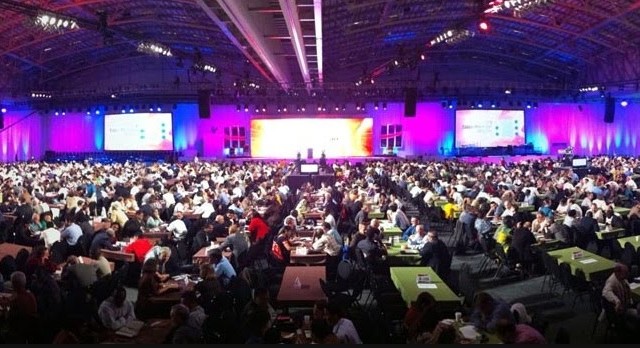

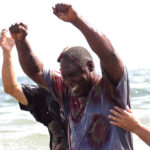

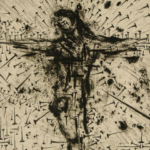
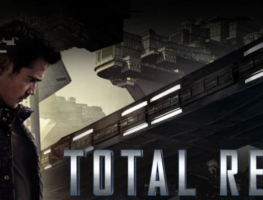


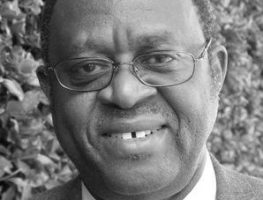
Missio Alliance Comment Policy
The Missio Alliance Writing Collectives exist as a ministry of writing to resource theological practitioners for mission. From our Leading Voices to our regular Writing Team and those invited to publish with us as Community Voices, we are creating a space for thoughtful engagement of critical issues and questions facing the North American Church in God’s mission. This sort of thoughtful engagement is something that we seek to engender not only in our publishing, but in conversations that unfold as a result in the comment section of our articles.
Unfortunately, because of the relational distance introduced by online communication, “thoughtful engagement” and “comment sections” seldom go hand in hand. At the same time, censorship of comments by those who disagree with points made by authors, whose anger or limited perspective taints their words, or who simply feel the need to express their own opinion on a topic without any meaningful engagement with the article or comment in question can mask an important window into the true state of Christian discourse. As such, Missio Alliance sets forth the following suggestions for those who wish to engage in conversation around our writing:
1. Seek to understand the author’s intent.
If you disagree with something the an author said, consider framing your response as, “I hear you as saying _________. Am I understanding you correctly? If so, here’s why I disagree. _____________.
2. Seek to make your own voice heard.
We deeply desire and value the voice and perspective of our readers. However you may react to an article we publish or a fellow commenter, we encourage you to set forth that reaction is the most constructive way possible. Use your voice and perspective to move conversation forward rather than shut it down.
3. Share your story.
One of our favorite tenants is that “an enemy is someone whose story we haven’t heard.” Very often disagreements and rants are the result of people talking past rather than to one another. Everyone’s perspective is intimately bound up with their own stories – their contexts and experiences. We encourage you to couch your comments in whatever aspect of your own story might help others understand where you are coming from.
In view of those suggestions for shaping conversation on our site and in an effort to curate a hospitable space of open conversation, Missio Alliance may delete comments and/or ban users who show no regard for constructive engagement, especially those whose comments are easily construed as trolling, threatening, or abusive.